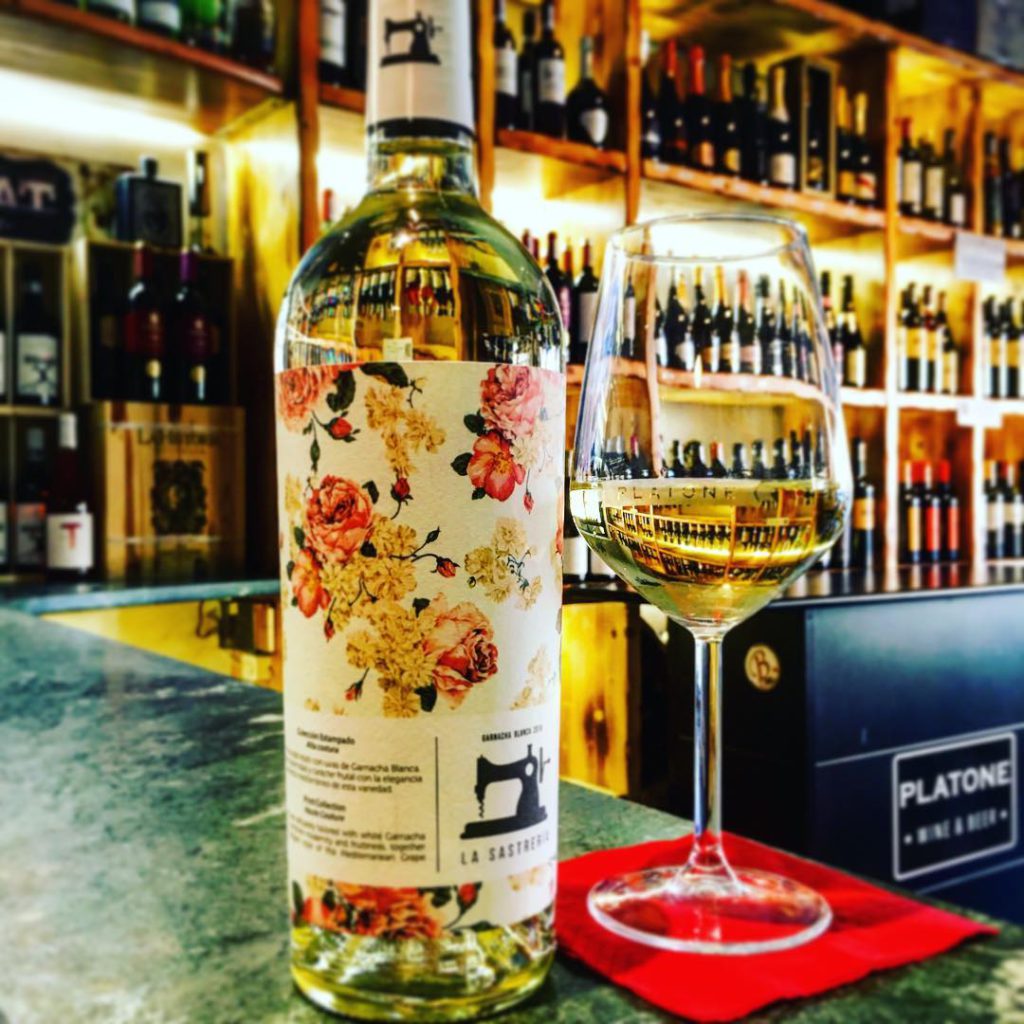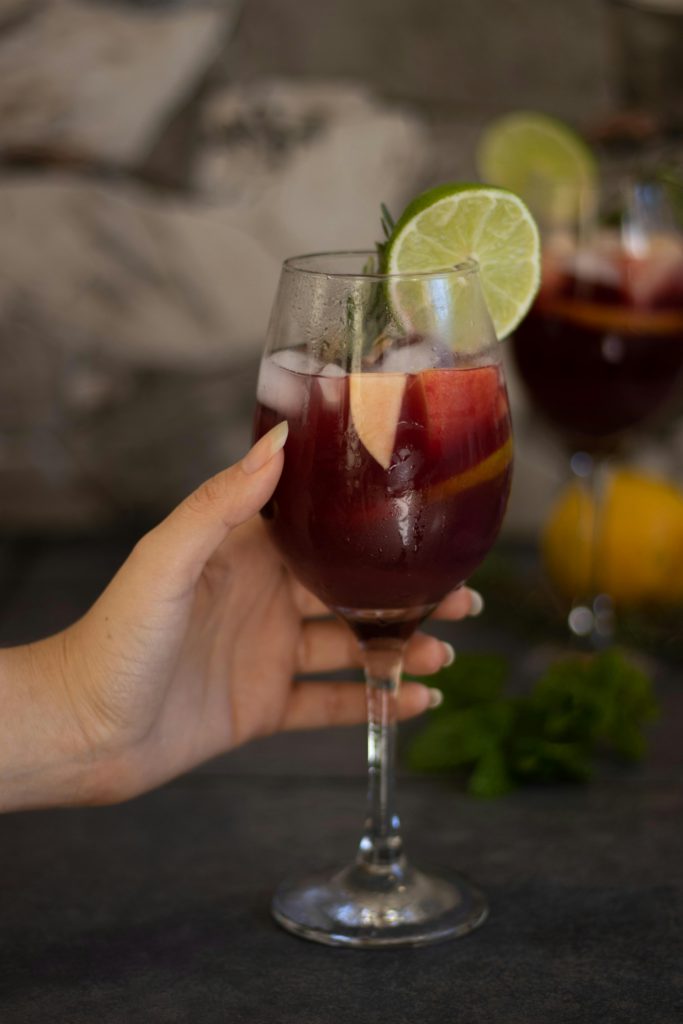Winemaking is thought to have been going on in Spain for over 2,000 years, having been brought into the country by the ancient Phoenician people. Today, Rioja is the most well-known Spanish wine internationally, with Cava not far behind. However, you’ll find a much greater choice of both varieties if you visit their source, alongside some delicious tipples yet to find fame overseas.
Use our list of favorites as a starting point for your own investigations into Spanish wine, and look for details relating to the aging process. ‘Joven’ are the freshest wines, followed by ‘Crianza’, and ‘Reserva’. ‘Gran Reserva’ has been aged the longest, and so will impart the fullest flavors — normally alongside the highest price tags!
Spanish red wine
Rioja
It’s impossible to mention Spanish red wine without a nod to Rioja! Rioja wines are one of the country’s most famous exports, and they’re well-known for their full-bodied yet easy-drinking nature. They’re produced in the Rioja region, as well as in Navarre and the Basque country.
Grapes
As one of Spain’s most famous reds, it is no surprise that the wine is made using one of its most famous grapes: the tempranillo. Although there is a growing trend towards producing Rioja wines based on a single grape strain, most will be made from tempranillo blended with graciano, mazuela, garnacha tinta, or maturana tinta.
Tasting
Riojas are famed for their rich flavor, which is heightened by their production in oak barrels. There is a taste of dark fruit and a semi-dry finish. ‘Gran Reserva’ Rioja wines have the most interesting flavor, given they’ve been maturing in oak barrels for five years. It is excellent paired with roasted meat.
Priorat
Priorat wines are produced in the Priorat county in Catalonia, a region famed for its volcanic soil. The fertile soil imparts a robust flavor and a high tannin content. Priorat wines are often stronger in alcohol than the average red as well, so don’t forget to count those glasses!
Grapes
Priorat often comes from a single grape — carignan or grenache — although it’s common to find others mixed into the blend such as merlot and cabernet sauvignon. Single-grape varieties cost the most money, although you’ll still enjoy the taste of Priorat in a blended bottle.
Tasting
Admirers of merlot wines will love Priorat. Its strong flavor suggests dark fruit with a hint of bitter chocolate and an earthy nose. Choose a robust Spanish dish to accompany your Priorat — a spicy Catalonian sausage stew is just the ticket, or pair the wine with an aged cheese such as manchego.
Jumilla
For something a little different, it’s worth seeking a Jumilla wine from the central Murcia region. This is central Spain, and naturally one of the country’s hottest areas. Thankfully, the sun-drenched daytimes are balanced by cool nights, making ideal grape-growing conditions.
Grapes
Jumilla is dominated by the monastrell grape variety and tastes full of fruity goodness. Monastrell can survive in harsher conditions than many other grape varieties, and some producers’ land is dominated by rocky soil.
Tasting
Punchy! Think blackberries matched with figs and a gentle aftertaste and you’ll be halfway there. Jumilla is livelier on the palate than the more robust varieties out there and you’ll find it complements almost any Spanish dish, from gazpacho to cured meats and even paella.
Spanish white wine
Albariño

Albariño is to Spanish white wines what Rioja is to red, so be sure to sample a glass should you partake in a true Spanish adventure! The wine comes from Spain’s western coastline, spreading across Galicia. Visitors to Portugal can also sample the wine in the form of Alvarinho.
Grapes
Albariño is a long-established grape variety, with some of the world’s oldest vines still producing fruit after more than 300 years of dedicated service!
Tasting
A mélange of citrus fruits makes albariño a delight on the tongue. Think grapefruits, lemons, and oranges with just a hint of salt, given many of the vineyards’ close proximity to the coast. Despite all that zest, albariño is rather dry, making it an excellent addition to seafood or creamy cheese.
Garnacha blanca

Rich, creamy garnacha blanca comes from Spain’s eastern region and has an interesting history. The grape it originates from is a mutation of the red grenache. This leads to a complex flavor with citrus notes on the nose but a heartier aftertaste. Some regions refer to the wine as ‘grenache blanc’.
Grape
As with albariño, garnacha blanca wines are named after their grape. It’s often used to bring fruitiness to drier white wines, but when used as a main ingredient, the grape creates a wine that’s full of flavor and crispness.
Tasting
Garnacha blanca is relatively citrusy on an initial tasting, with elements of lemons, pineapples and apples. But its origins win through on the finish, where spicier notes come to the fore. Much richer than the average white but just as versatile, save this for a Spanish cheesecake or flan.
Verdejo
Growing in the Rueda region in central Spain, verdejo is one of Spain’s best-kept secrets when it comes to wine. For aficionados of chardonnay and sauvignon blanc, this is a must-try, as it tastes like neither! Be sure to hunt this one down and let everyone know about it before it becomes the latest craze amongst wine aficionados.
Grape
Verdejo grapes are African in origin, although they’ve been growing in Spain for nearly a thousand years. Originally turned into fortified wines such as sherry, their use in white wines began in the 1970s. If you see the words ‘Rueda Verdejo’ on the label of a wine bottle, this means a high ratio of the grape is used — at least 85%.
Tasting
Verdejo ranks amongst Spain’s most refreshing white wine varieties, with a distinct leaning towards lemons and limes. It’s very dry and almost sharp to the taste, making it a wonderful accompaniment to white meats, fish, and roasted vegetables. It’s also divine as a palate-cleanser between courses.
Sparkling Spanish wine
Cava is a sparkling wine known across Europe. It is often purchased as a more affordable form of champagne. The wine also goes through a secondary fermentation process, just like champagne. This results in a more persistent ‘mousse’, meaning a consistent level of fizz from beginning to end.
Grapes
Cava uses a blend of grape varieties, including parellada, macebeo, and xarel-lo. Other grapes may be added, but the most important factor in a Spanish Cava is its growing region of Penedes, south of Barcelona. Sparkling wines made in other parts of Spain are not able to use the Cava name.
Tasting
You’ll find both white and rose Cava wines, and they’re all easy-drinking and delicious! A range of different sweetness is available, with ‘Brut Nature’ tasting the driest. Apple is the dominant flavor, often with a metallic edge. Drink at any time and eat with anything! Cava won’t break the bank and is the perfect starter to any night out!
Sangria

No Spanish wine guide would be complete without a nod to sangria. Fun fact: “Sangria” is the Spanish word for blood. In its basic form, you’ll find a tempranillo-based red wine mixed with citrus fruit and maybe a glug of brandy. This is a festival and party drink, so do try a truly Spanish one should you take a vacation there!
Sangria-lovers should seek out the wine-based tinto de verano as well. This is more popular amongst the locals and is a simple combo of red wine and lemonade.
A famous Spanish proverb tells us that “there is truth in wine”. For travelers, there are also some delicious flavors and fun to be had from sharing a glass or two! For anyone considering a Spanish adventure, be sure to seek out some of our favorites and raise your glass with a resounding “salud”!
About TourHero
TourHero is a social travel platform that enables you to travel with like-minded people and fall in love with the journey. We work closely with handpicked local operators to ensure every experience curated is unique and exclusive to your travel group. Come with us on epic adventures and create memories that last a lifetime. Get started here!










